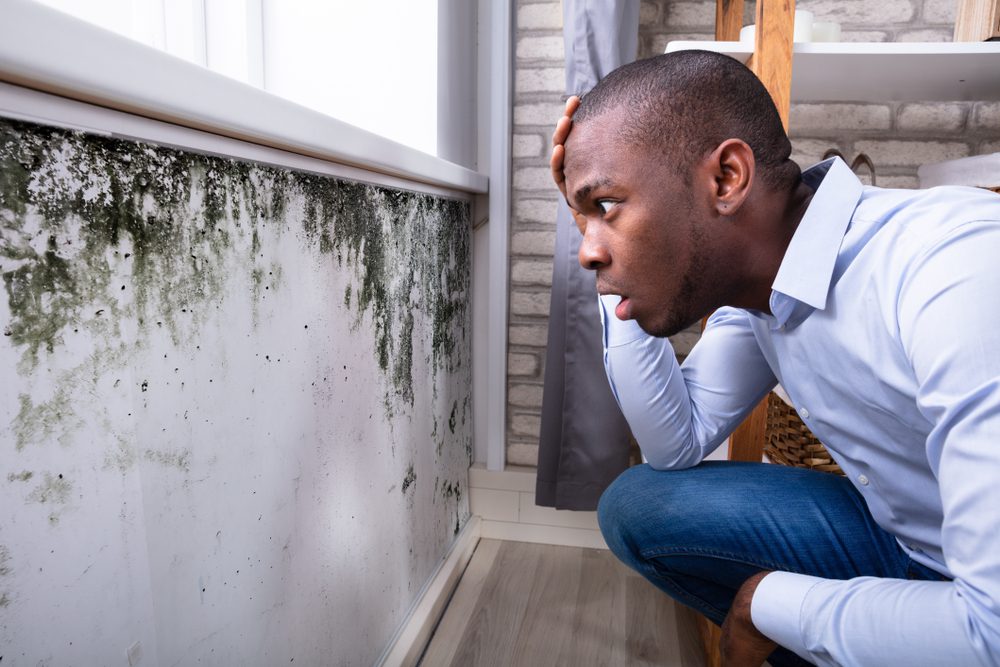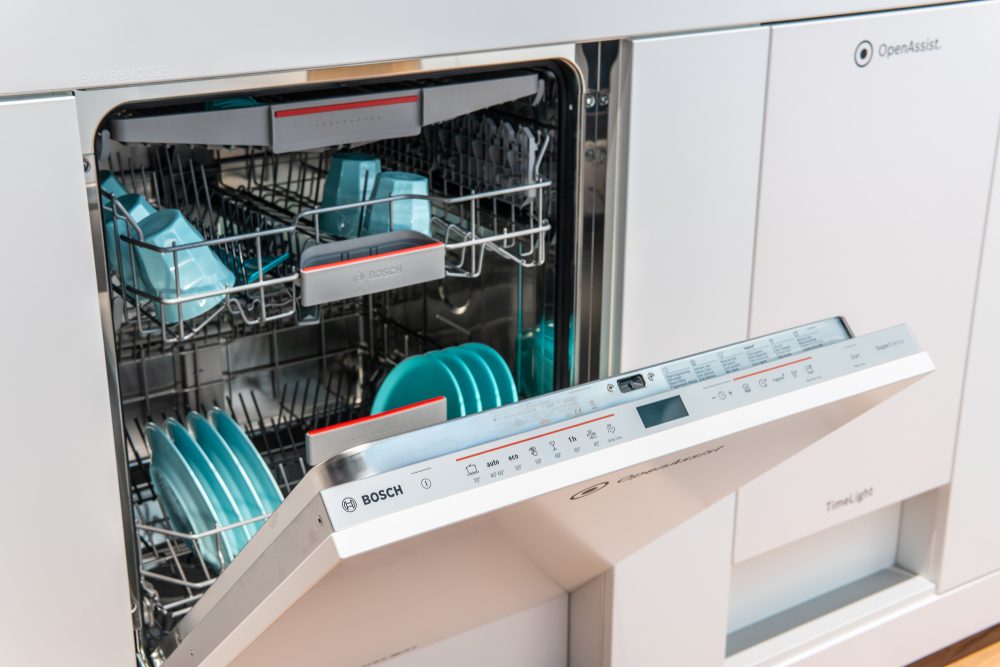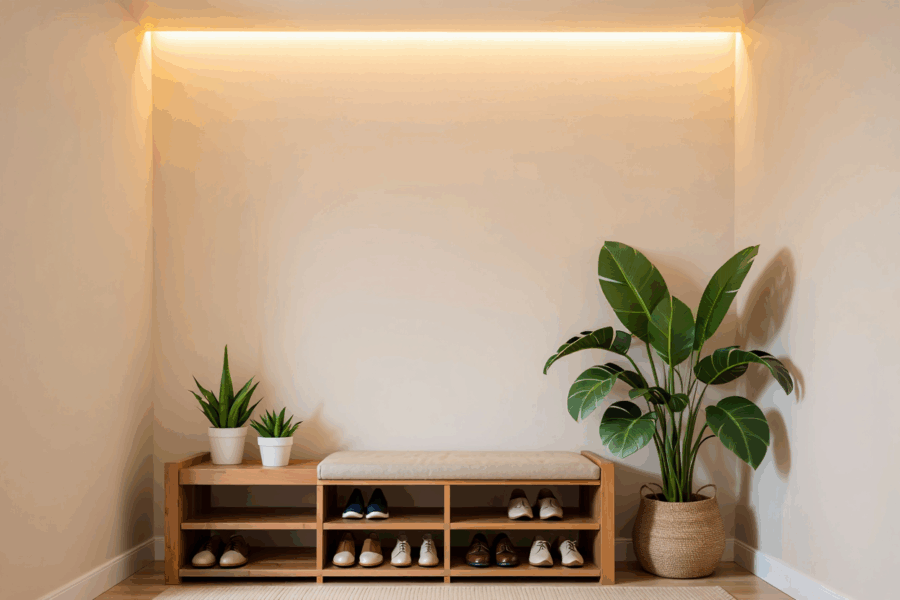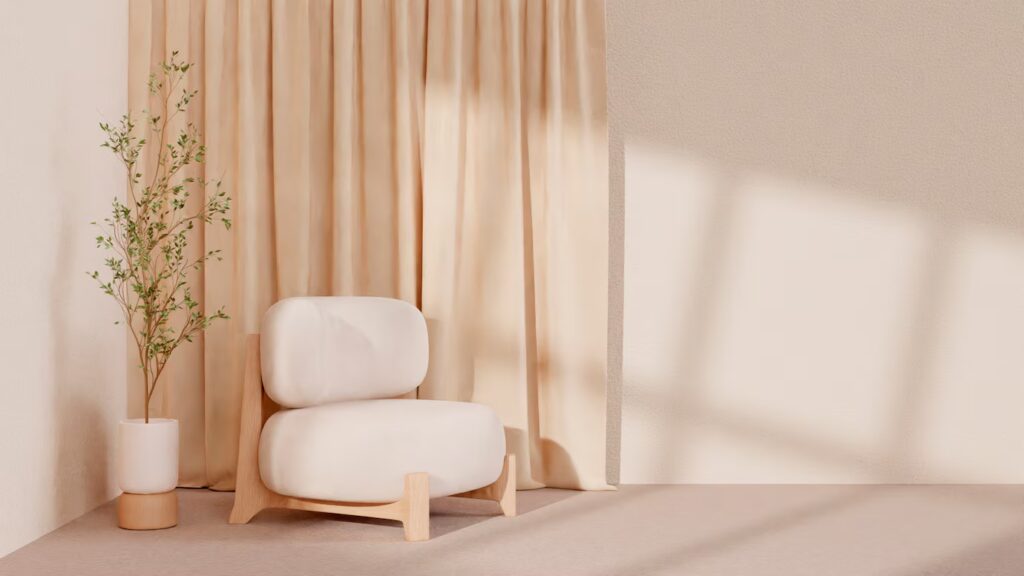Are there any hidden health hazards in your home? Let’s find out!
Did you know your cozy home might be hiding some sneaky health hazards? It’s true! While your home feels like a comfy retreat, there could be some common dangers lurking around, like unknown toxins, invisible gases, and mold. The sad news? You might not even notice their impact on your health until you start experiencing symptoms.
From pesky dust mites and pesticides to chemical-laden cleaning products, these hidden hazards can lead to all sorts of issues, including headaches, allergies, and even long-term respiratory problems. Yikes!
But don’t worry! You don’t have to pack your bags and leave your dream home. There are some easy and proactive steps you can take to keep yourself and your loved ones safe. Whether it’s improving the air quality, switching to natural cleaning products, or tackling any mold hotspots, it’s all about making your home a healthier, happier place.
So, if you’re ready to breathe easier and feel better in your space, keep reading! We’re going to talk about some of the most common health hazards in your home and include a few simple solutions to tackle them. Let’s begin!

1. Molds and mildew
I don’t know about you, but I’m allergic to mold — and for me, it’s more than just an eyesore. It’s actually one of the most serious health hazards hiding in our homes. Mold spores travel easily through the air, triggering asthma, allergies, skin irritations, and even making it harder to breathe.
You’ll often spot it in bathrooms, kitchens, damp basements, and sometimes even in your wardrobe or bedroom. The best way to avoid this issue? Keep your space well-ventilated and dry. Clean moisture-prone areas regularly, fix leaks as soon as you spot them, and use a dehumidifier to control humidity levels. (I use this one at home — I was shocked to see how humid my bedrooms actually were!)
Mold might be common, but it’s definitely not harmless. If you find it, don’t wait. Take action fast to stop it from spreading and affecting your health in the long run.
2. Poor air quality
Did you know that poor air quality could be one of the hidden health hazards lurking in your home? Air pollution isn’t just an outdoor issue — it can sneak right into your living space and quietly create all sorts of problems.
From dust and mold to cigarette smoke and pet dander, these indoor pollutants can lead to headaches, fatigue, and even long-term respiratory issues. The good news? You can do something about it! Start by investing in a good air purifier, crack open your windows in the early morning or late evening for fresh air, and clean surfaces regularly to get rid of allergens.
Don’t forget to change the air filters in your HVAC system on schedule; it’s a small task with a big impact. Breathing clean air is one of the easiest and most important ways to support your overall well-being. Your lungs will thank you!

3. Radon exposure
Have you ever heard of radon? It might be hiding in your home and is one of the most dangerous health hazards you could be dealing with! This radioactive gas seeps into your cozy space through cracks in the foundation.
It’s colorless and odorless, and it’s quite impossible to detect it without proper equipment. According to experts, long-term exposure to high levels of radon is linked to lung cancer, especially for nonsmokers.
If you live in an area where radon activity is high, make sure you test your home. Don’t forget to always install ventilation systems, seal any cracks as soon as you see them, and ask professionals for help. Better safe than sorry, right?
4. Household products
Believe it or not, certain household products are part of the health hazards you need to pay attention to. Experts say that some everyday items, such as air fresheners, cleaners, and even scented candles, can contain chemicals that can be dangerous for your health.
But what’s the explanation behind this? Many of these products release volatile organic compounds (VOCs) into the air, which can irritate your throat, nose, and eyes. Not to mention, if you suffer from asthma, VOCs can make your condition worse.
The simplest thing you can do here is to look for non-toxic or eco-friendly household products when shopping. You can also make your cleaners at home, using natural ingredients like baking soda, vinegar, and essential oils.
It might not seem like much, but even the smallest changes in your cleaning routine can make a huge difference in reducing your exposure to risky chemicals.
5. Lead paint
Read this one carefully: if your home was built before 1978, there’s a chance that it contains lead-based paint. This can be a major health hazard, especially if you have children in your household. Experts say lead exposure can be a serious cause of behavioral issues, developmental delays, and even long-term cognitive impairments.
If you’re scraping paint or renovating, take care and try your best to prevent dust from contaminating your cozy space. In case of a problem, professionals can help you safely remove or seal off contaminated areas. Make sure your beautiful home is lead-free, because it has a huge impact on your family’s health!

6. Water contaminants
Water can be another health hazard in your home, so pay attention to it. You might assume your tap water is clean and perfectly safe to drink, but you might be mistaken. Depending on where you live, water could contain dangerous contaminants, such as chlorine, pesticides, or lead.
Besides the terrible taste, drinking contaminated water over time can lead to several health issues, like digestive problems. An easy way to tackle this potential health hazard is by installing a good water filtration system. This will help you remove toxins and also make your water taste better.
You can also ask the professionals to perform a water quality test to ensure your tap water is safe and clean. In case you’re not willing to install a big water filtration system, I recommend you check out this filtering pitcher. It will make your water clear and tasty in less than a minute. I have one at home and I must admit it’s one of the best products I own.
7. Dangerous pesticides
Many of us use pesticides to keep pesky critters at bay, but it’s important to remember that these chemicals can come with their own risks. According to experts, they can be linked to respiratory issues, skin irritation, and even long-term health concerns like cancer.
Whether you’re sprucing up your lawn or tackling pests indoors, consider choosing organic or non-toxic options. They might be a little pricier, but they don’t cause a health hazard. There are so many natural alternatives out there, like delightful essential oils, diatomaceous earth, and even plants that repel pests! By opting for safer choices, you can create a toxin-free home and a healthier living environment for you and your loved ones.
…What are your thoughts on these sneaky health hazards that could be hiding in your home? Have you ever dealt with any of them? We’d love to hear your story — how did you handle it? Share your tips or recommendations in the comments below!
Until next time, take care of your space and yourself, and don’t miss this next post from The Home Team. We hope you’ll like it: 5 Living Room Trends That Drive Designers Crazy









